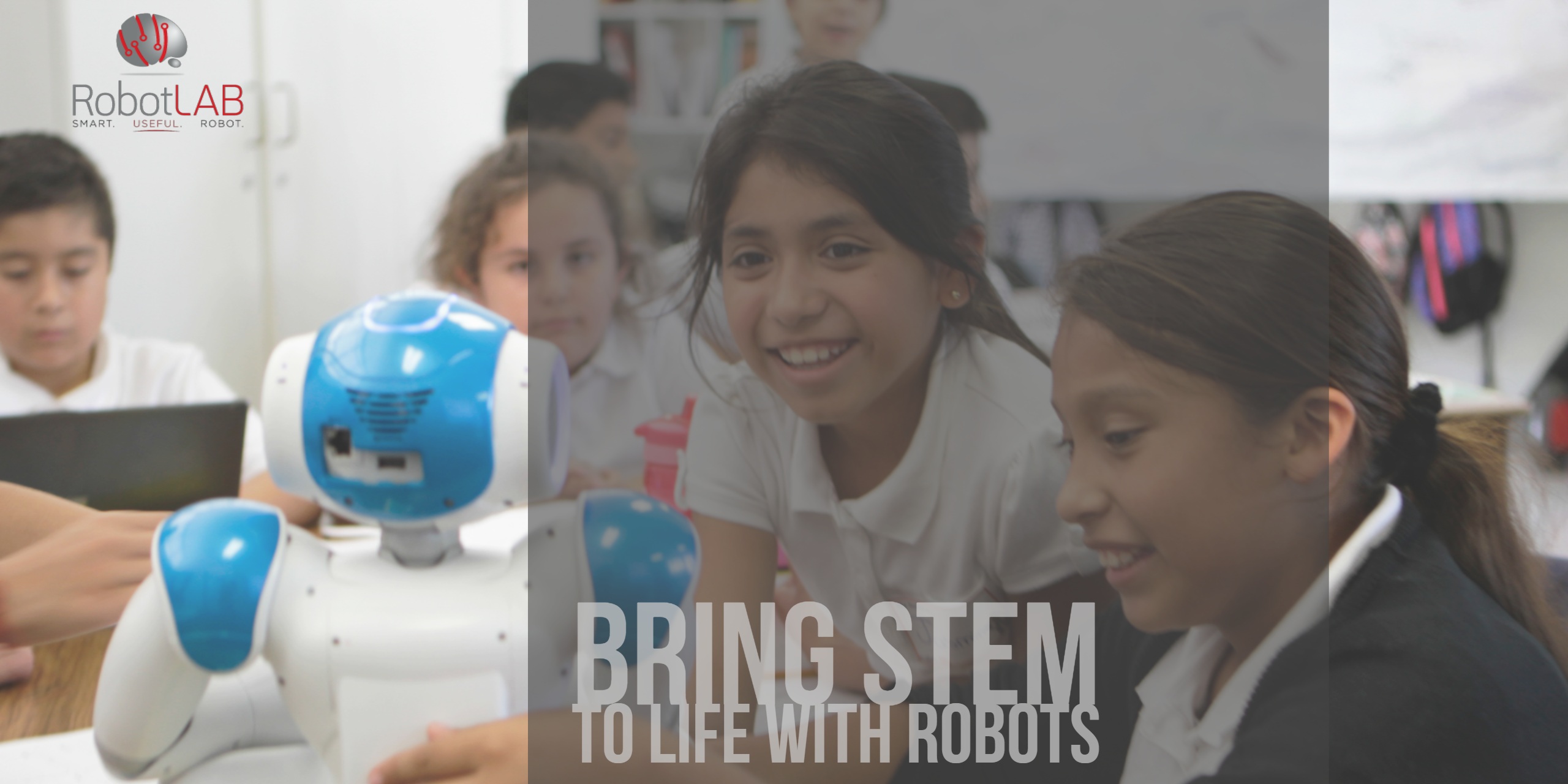An educator offers valuable insight on picking a STEM platform and technology provider that can withstand the rigors of today’s unique learning.
 Photo by Jeswin Thomas on Unsplash
Photo by Jeswin Thomas on Unsplash
If ever there was a time that underscored the need for strong STEM education, it’s now. Our students—the future scientists, engineers, and world leaders—need skills that only STEM can provide.
To best cultivate these young minds, our teachers need equitable access to platforms that will help them in every and any learning scenario. The question is, how can schools deliver programs flexible enough to meet teachers and students where they are, and without compromising quality, integrity, and equity?
Fortunately, robotics and coding platforms like CoderZ help schools answer these and other questions in an extremely affordable and accessible manner, and regardless of how or where the education is being delivered.
STEM program quality is of paramount importance to educators. Despite the many challenges facing us this school year, there should be no compromise on quality for the sake of digital.
To ensure high levels of STEM program quality, all decision-makers should be looking for these elements in their STEM content:
-Standards-based, leveled content that is age- and skill-appropriate for students in elementary, middle, and high school.
-Game-based adventures that capture students’ imagination while ensuring close alignment to learning standards.
-Embedded teacher guides and lesson plans that lower the barrier to entry for all teachers, including those with no experience whatsoever.
-Real-life scientific challenges that are timely, relevant, and support interdisciplinary learning.
-Emphasis on building STEM skills together with future-ready skills like collaboration, problem-solving, critical thinking, computation, and communication.
8 elements of a great STEM platform
Right now, students and teachers need technology that can withstand the rigors of the current learning environment. To ensure that your STEM platform meets (and exceeds) these expectations, it should be:
-
Available via web browser with no special servers required. This helps create a streamlined learning environment regardless of the content delivery method.
-
Exceptional performance on Chromebooks, the most prominent device in education. This will ensure that the widest possible swath of the student population can access and use the platform.
-
Fast, straightforward set up and activation for teachers, site administrators, and the IT teams that support them. Makes it as easy as possible for them to use the platform both in class and remotely.
-
Robust yet intuitive design that reduces friction for teachers and students. If they enjoy the platform and the experience that it provides, they’ll be more apt to use it regularly for STEM education.
-
Fast and easy Single Sign-On with ClassLink, Google, or Clever.
-
Current, clear measures to ensure security and privacy. This has become more important than ever in the remote learning environment, where students need to be able to learn safely in the virtual work.
-
Turnkey reporting on student pace and progress. Teachers can use this reporting to intervene and provide support to those students who need it.
-
Easy-to-use guides that enable teachers to work seamlessly in a virtual environment. Rather than delay a classroom session over a minor technical glitch, teachers have an easily-accessible reference point and FAQs to help them quickly work through issues.
What’s behind the STEM platform?
Interestingly, no discussion about an education platform would be complete without understanding the underlying principles that drove its development. As it relates to STEM education, school leaders may find it difficult to uncover true differentiation, so comparing philosophies behind the technologies is a good way to ensure that a STEM vendor is a genuine education partner.
STEM providers should also be able to demonstrate commitment to equity, accessibility, and inclusiveness; connect students to STEM content and to each other, so that a culture of learning and collaboration thrives in-person and online; deliver in any schedule format, including staggered starts, alternating schedules, or hybrid learning. Finally, they should be producing solutions that can deftly handle transitions from in-person to virtual—either as planned or at a moment’s notice.
Looking to the future
As we look ahead to the coming school year, the STEM community is rallying around its students and teachers. This underscores the importance of measuring providers against a set of criteria that will ensure they measure up to the appropriate high standards of the students and teachers they serve.
Discover more STEM platforms with RobotLAB!



